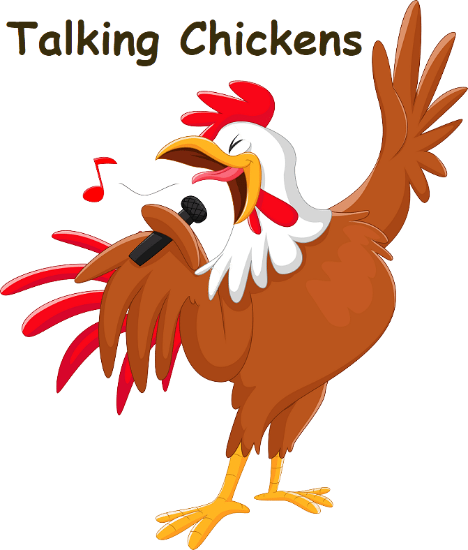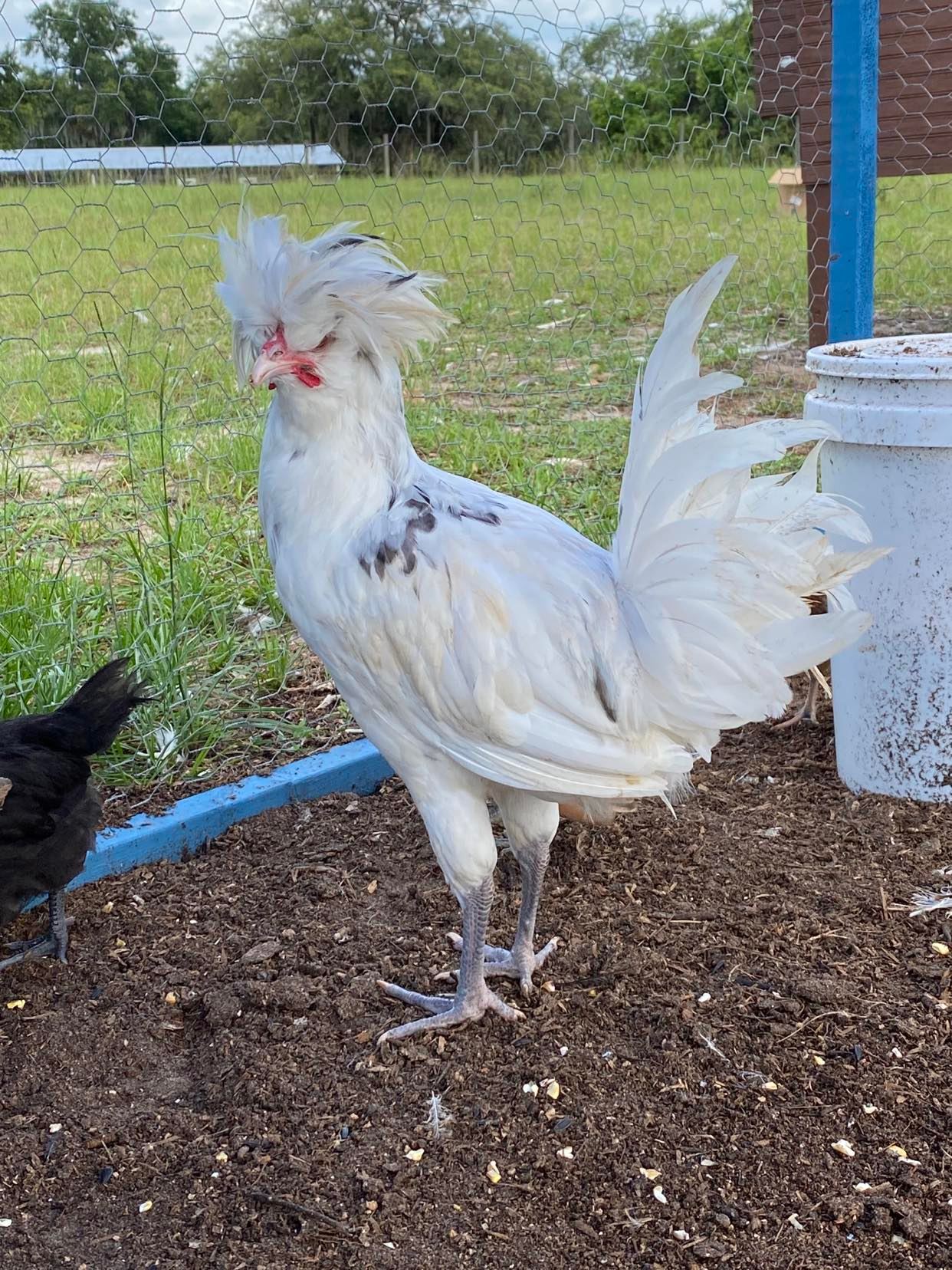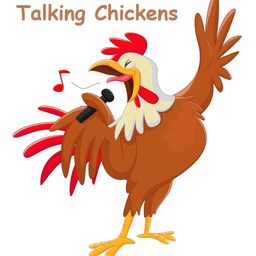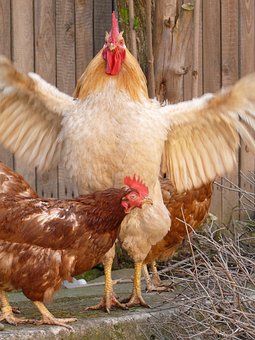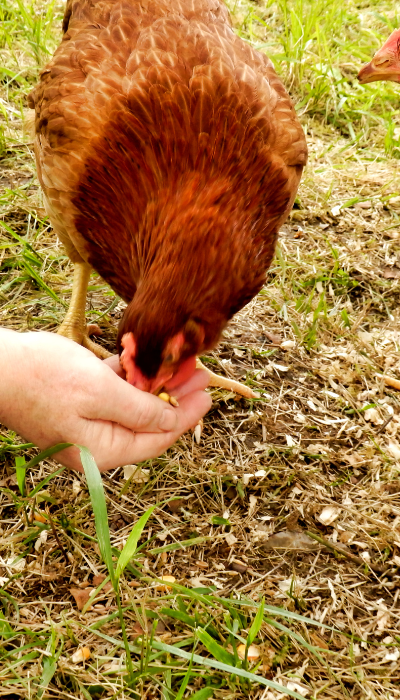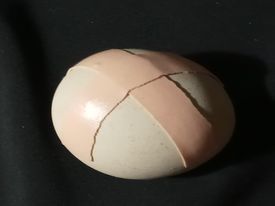There are many reasons we wish to add new chickens to our own, we lost some to predators, we increased our own family and need more meat and eggs, we wish to start a business, or perhaps our hens are old and we need more layers so our wonderful new author, Farah Ali, on our team has created this fantastic article to help you make the perfect decision on how to grow your flock by choosing the right feathered friends.

Adding to the Flock!
Picking out mature chickens to add to your flock is a great deal of fun and can be advantageous. When choosing mature poultry, you can see adult feather configuration and don’t have to do all the work involved with raising babies.
However, it may also be costly and stressful if your new chicken shares pathogens with your existing flock. Some illnesses may simply slow egg production, while others can wipe out an entire flock, if not caught in time. When purchasing birds, always inspect them, regardless of where they are obtained.
Step One:
Take in the animal’s general appearance.
Step Two:
Are the feathers intact, clean, and glossy?
Step Three:
Is the comb red and erect?
Step Four:
Does the bird have a normal gait, or does it favor one leg or foot?
Step Five:
Are the feet and legs in good condition without scales and scabs?
Step Six:
Are the nails clean, shapely, and free of debris?
Step Seven:
Next, take a closer look. Look through the feathers, especially near the vent to check for signs of lice, mites, and other bugs.
Step Eight:
While checking for creepy crawlies, ensure the skin is smooth, moisturized, and bump-free.
Step Nine:
Ensure the vent is clean, moist, and intact.
Step Ten:
Look at the chicken’s face. Are the eyes clear, open, and alert? The face should not be puffy. The nose should be free of drainage. Open the mouth, and ensure it is free of drainage as well.
Step Eleven:
Finally, listen to the chicken breathe. Breaths should be unlabored and make little to no noise. If you can, place you ear where the lungs are on the chest to hear more clearly. Anything other than clear lung sounds could be a sign of an unhealthy bird.
Step Twelve:
Assessing birds prior to bringing them home does not guarantee that you won’t bring home a sick animal (that’s why its important to quarantine for 30 days), but it greatly reduces the odds.
Hope these tips help you obtain healthy birds. Best of luck growing your flock!
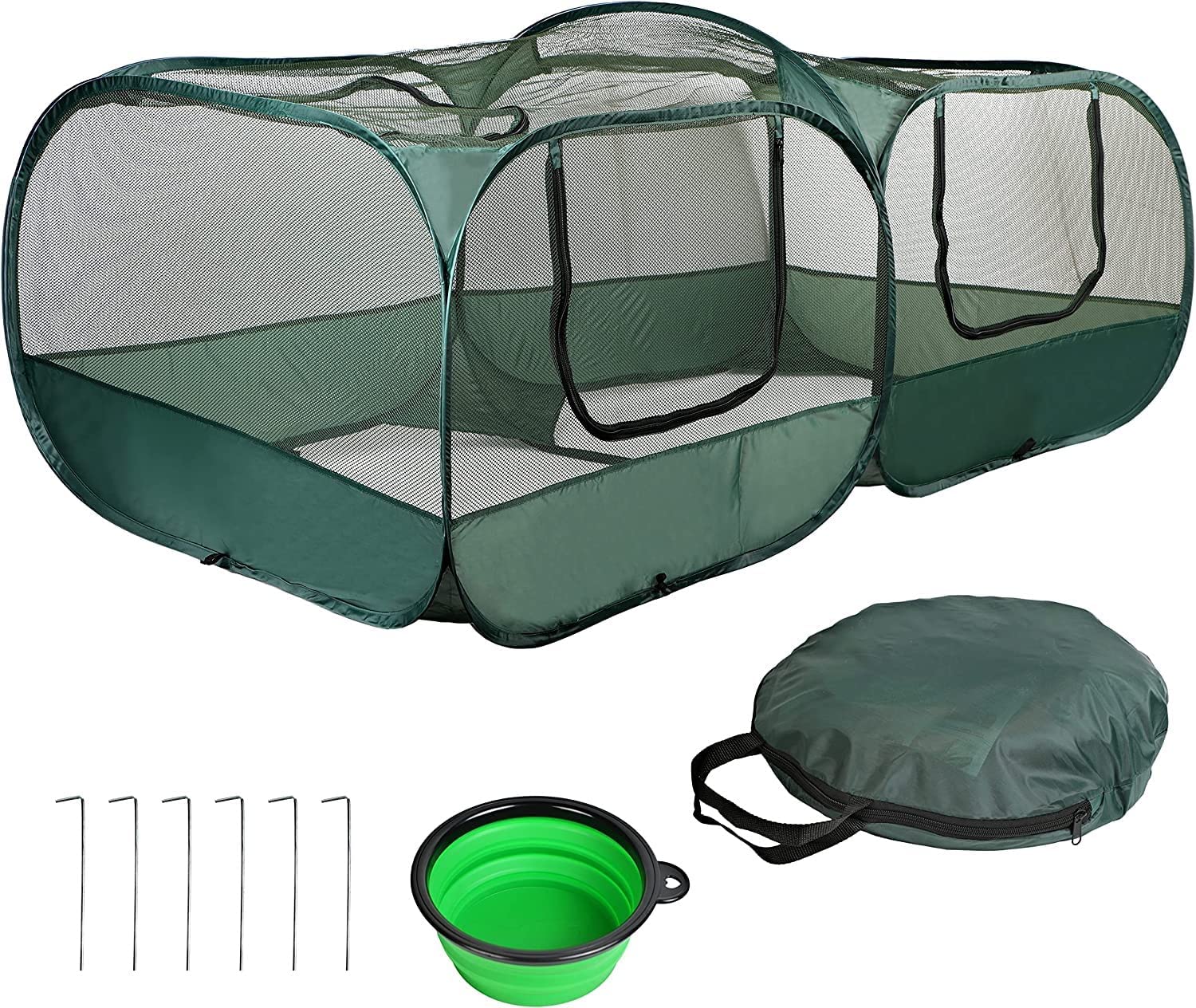
Portable Chicken Coop Chicken Run for Small Animals Foldable Outdoor Indoor Enclosure Chicken Pen- Complete with Feeder Bowl and Storage Bag
Kinsha - $39.88
Something as simple as this Enclosure above can separate your flock from the new members of the chicken family until it is ready to be united.
Thank you very much for viewing this article and we hope you will sign up here for more upcoming articles and for all your other chicken needs please feel free to click below.
Your friends,
Farah & Liane
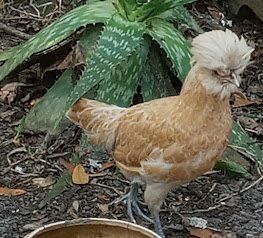
We are affiliated with Amazon and we receive a small commission that supports our blog and Mission. Thank you.
